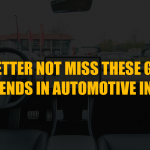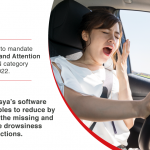Dare to Disrupt : The Mercurial Rise of Ola
Automobile industry was an unheard land for disruptors. Technical know-how, scale of operations and procurement, human resource requirement were far out of reach of even business giants; let’s not even talk about small and medium players.
This kind of industry dynamics made automobiles industry like a mighty fortress and the existing players enjoyed assured safety and modest competition from the first adapters among the existing players.
Technology has always been a part of the Automotive Industry but manufacturing efficiency, operational excellence, and ability to incorporate low-moderately disruptive ideas at average pace were the secret sauce of success for the last 100 years. Things are changing faster than we can think.
Future of automobiles is in redefining the role of the vehicle. CASE (connected, autonomous, shared and electric) trends involving technological advancements such as IoT, AI, big data are being guided also by social trends, regulatory framework and ecological concerns. Zero emission technology, AI on wheels and Shared mobility combined with Sustainability are today’s sought-after factors. There have been sheer quantum leaps in the pace of disruptive trends, ideas, and innovations.
Agile companies adapt quickly and those that dare to think out of the box transform into unicorns. Ola Cabs is one such start-up that went from an idea to leader in the shared mobility space in the last . It is now poised to aim for leadership in the e-Mobility space.
In this article we will take a closer look at the company’s trajectory so far and what are the plans for the future.

OLA – disrupter from the future
Bengaluru, India based “Ola”, has emerged as a Unicorn and is owned by ANI Technologies Ltd., is a collective prodigy of Bhavish Agarwal and Ankit Bhati. Initially started as a cross-city cab aggregator, Ola also shape-shifted to mini cabs for city travel in India thus bridging the gap between cab owners and commuters. As per their website, Ola is India’s largest mobility platform and one of the world’s largest ride-hailing companies, serving 250+ cities across India, Australia, New Zealand, and the UK. It has 1.5 million entrepreneurs as driver-partners on its platform and serves a billion + customers annually. It counts the Softbank Group (Japan), Tiger Global Management (USA), Matrix Partners (USA), Steadview Capital (UK), Tata Sons (India), Hyundai Motors & Kia Motors (South Korea) and recently Temask Holdings (Singapore) and Warburg Pincus affiliate Plum Wood Investment (USA) amongst its esteemed investors. With a total of 26 rounds of funding, Ola has raised $ 4.3 billion in private equity till date.
Hard work throughout – prank on 1st April
The company is able to think, plan and execute on a multiple X scale. However, it does not miss an opportunity to play a harmless prank on April fool’s day with a video on a sustainably created electric flying car called the Ola Air Pro. Although the Electric flying car was just a prank, it is also an indicator of things to come. Thereafter, OLA confidently flew into the next orbit with their new venture – Ola Electric Mobility. 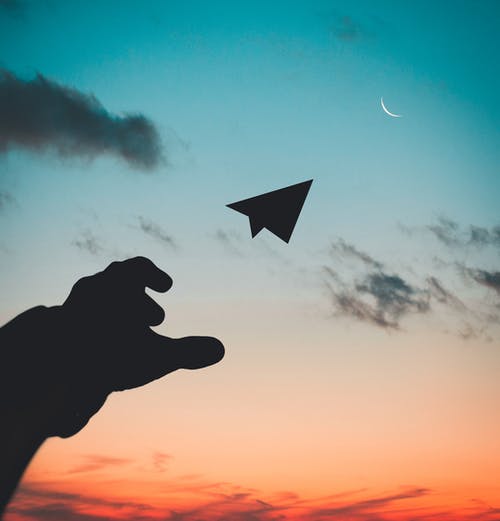
Entry into E-mobility
Ola Electric Mobility was formed in 2017, as a separate company under the parent ANI Technologies Ltd., with the aim of entering India’s electric vehicles market. Its first multimodal electric vehicles for the public were launched in the city of Nagpur, India. It provides 200+ electric vehicles for booking through its app with the intention to promote a sustainable mass mobility ecosystem in partnership with industry experts and the Indian government.
Ola offers a wide range of cars to choose from depending on the number of travellers, budget and convenience. For travelling within the city, one can hire shared taxis, autos, bikes, and even e-rickshaws through Ola. Self-drive cars, inter-city travel, hourly rentals, food and package deliveries, Ola money for ease of payment and in vehicle music on Ola play are aimed at serving every need of the customer while ensuring a smooth and enjoyable ride. Ola pedal, its bicycle-sharing service, is already a big hit in the IIT Kanpur and the IIT Madras campuses with over 500 cycles.
The best is yet to come – Global scale manufacturing, operations and more
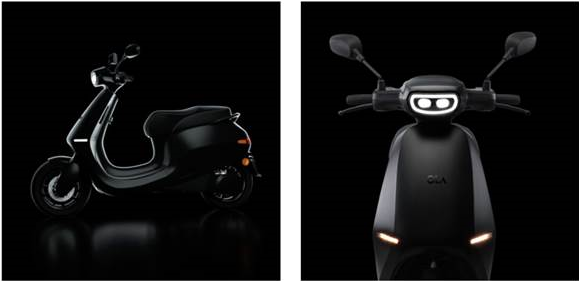
pic. credit https://www.olaelectric.com/
Ola Electric will be launching its e-scooter this month. It had acquired Etergo B.V., a Netherlands based company in 2020. Ola e-scooter is based on Etergo Appscooter and is expected to borrow most features from its Dutch twin including alloy wheels, spacious under-seat storage, category-leading long-range charge, digital instrument console, cloud connectivity, app-based key-less access and more. The company has already raised a $ 100 Mn long term debt to kick start production. Expected to be priced at about $ 1,350, it will have a non-removable Li-ion battery pack that can be charged from 0-50% in 18 minutes to deliver a range of 75 kms. The company has partnered with Siemens to build its scooter vehicle manufacturing facility. The 500 acre fully automated factory is likely to have 3000 robots stationed across various functions and is likely to create 10000 jobs. The facility will have a capacity to build 10 million EVs by June 2022. It is being built on Industry 4.0 principles and will be an integrated manufacturing space for lithium-ion battery cell pack, welding, general assembly, paint shop, motor, finished goods and test track supplier park.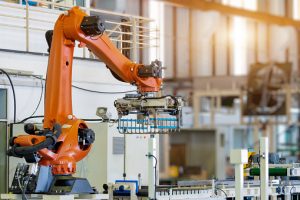
Ola also has a roadmap to build the world’s largest two-wheeler charging network called the Ola Hypercharger Network. Starting with over 5000 charging points across 100 cities in India, the company has a lofty aim of having 1 million charging points across 400 cities and towns installed at all popular locations. The scooter currently has a non-removable Li-ion battery however in future it is likely to feature a light-weight unique removable banana battery to allow battery swapping option.
While the company is starting with two-wheelers, it already has plans for motorbikes, four-wheelers and three-wheelers. Further, the company will cater to customers not only in India, but markets around the world, including Europe, Asia, Latin America and more.
India is a tough market to win and compete in because of cost structures and high standards expected by customers. According to Ola, the kinds of products and services that India will demand from mobility businesses will completely change in the next 20-30 years. Indian companies have a deep opportunity to not just build these services for India, but for the world. While cargo transportation using aerial drones would come first, as in some African countries, people transportation will be next alongside several other use cases like package deliveries, power line inspection, and even to fight back locust attacks using drones, which India has already started doing.
Is it time for innovative pranks to become a reality?
To learn more about what you can do for Ola, contact me at sudhir.nerurkar@quanzen.com.



